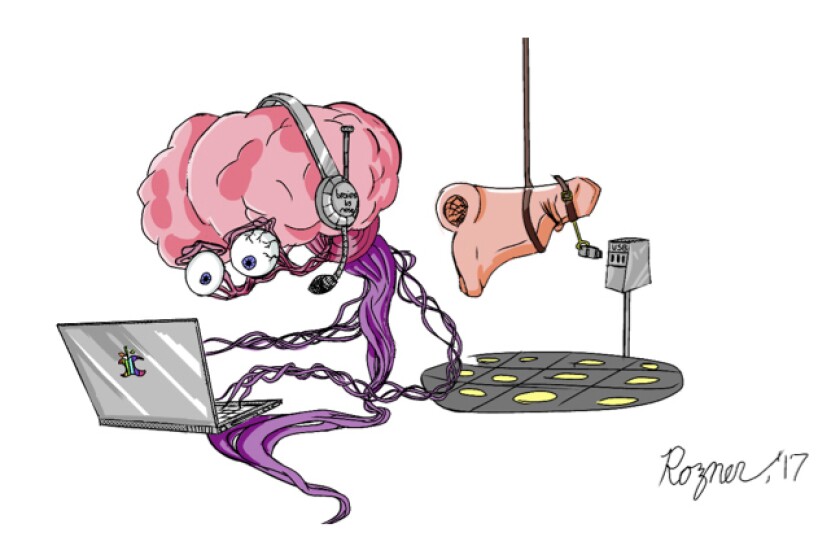Feeling burnout? These tips from a mental health expert could actually help
Self-regulation — the ability to manage your emotions and behavior even in the face of trauma — is the foundation of resilience, Valter said.
When we sense danger, the brain activates our sympathetic nervous system, triggering a fight-or-flight response; other parts of your brain shut down so we can cope with the stress in front of us.
“It’s kind of like zebras out on the grassy plains,” Valter said. “They’re grazing. It’s beautiful, warm, relaxing, and they really relax their bodies. Then they see a lion — danger — and they take off immediately.”
As soon as the danger is gone, zebras will go back and relax again, she said. And the human equivalent of that is the way the parasympathetic nervous system shifts our bodies back into relaxation mode when we sense we’re no longer in danger.
“The difference between animals and humans,” she continued, “is when we have that lion show up in our lives, we might take off or we might fight, but then we link memories and emotions and thoughts to that danger. So when we see something similar, we have learned to think that is a dangerous thing.”
Sometimes the new danger is real. Other times, we might be reacting to a past trauma. So the first step is teaching people how to not be impulsive and reactive.

Lawrence Rozner, a member of the peer-run mental health nonprofit Painted Brain, drew a “Mission: Impossible” parody where the Brain is on his computer with a headset while the Nose is hanging from a wire attempting to insert a USB drive into a computer port.
(Lawrence Rozner)
“If you’re always stressed and upset and feeling like it’s dangerous, the part of the brain that shuts down is your judgment, creativity and systematic decision-making,” said Valter.
Sure, you can do some yoga or listen to music for half an hour, but often we don’t have time for that. Valter suggested getting in the habit of taking 5 to 10 seconds to scan from the top of your head to your toes and relax all the muscles in your body, she said.
Many people think that the part of meditation that helps relax the body is the breathing part, she said, but it’s the relaxing of the muscles. And you can do that throughout the day, 50 times a day.
“Now when you’re facing a stressor, a deadline, a difficult boss or co-worker or family member, you can take 5 seconds to relax and face the trauma and forever change the wiring of your brain,” said Valter. “This gets you off of an old hamster wheel of anxiety.”
For all the latest Life Style News Click Here
For the latest news and updates, follow us on Google News.
